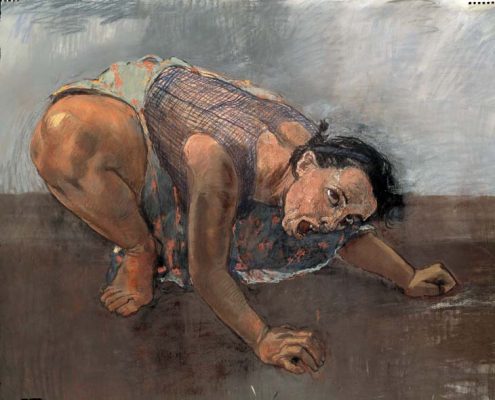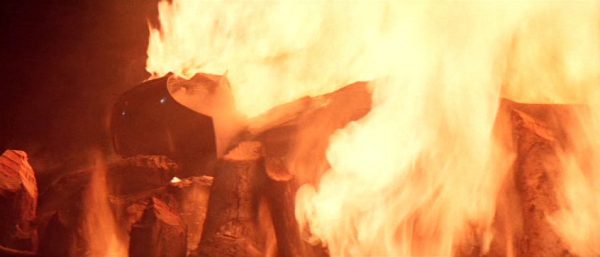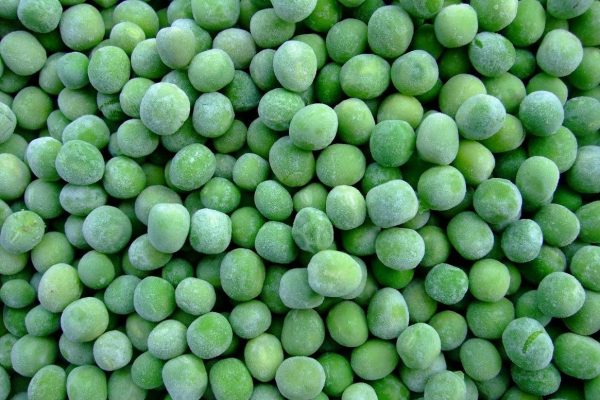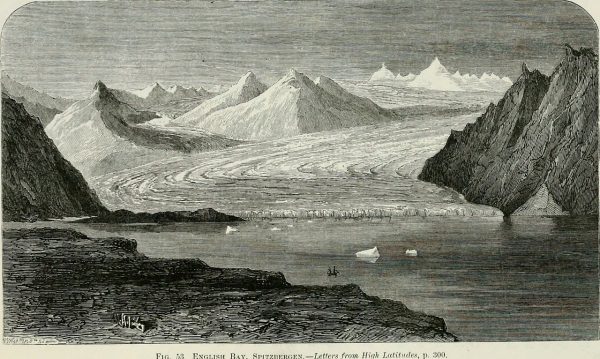Dame Paula Rego introduces me into her North London home with a crooked smile and a plate of biscuits. She is possessed of a sinewy, jagged vitality that manifests itself in laughter and gesture; there is a pixie-like physicality to her person that belies her tininess. She is considerate in her answers and kind in her manner, but never without a sense of play and shade.
Rego’s works invite the viewer into a world characterised by the collision of innocence and experience, a magical space in which, as in Velazquez’s Las Meninas, much is hinted at but nothing explained. Drawing on an imagination shaped by the fairytales she has treasured since her childhood, the sinister is here rendered seductive, the grotesque beautiful.
Before moving to London to study at the Slade, Rego grew up under the autocratic regime of Antonio Oliveira Salazar in an unbendingly Catholic Portugal. Themes of oppression, authority and institutional violence towards women recur in her work. In 2000 she was moved by a referendum on abortion in Portugal to produce a series of prints depicting women in suffering after a backstreet operation. The series was credited with helping to shift public opinion.
Her disdain for hierarchy and tyranny extends to her appreciation of the arts; alongside Degas and Dubuffet in her pantheon of influences stand Walt Disney and the great Victorian illustrators. In her determination to play down her own status as an artist she betrays her own disdain for distinctions between high and low culture.
In her later work, Rego has worked with pastels on paper tacked to metal sheets, developing a technique of layered reapplication that brings an extraordinary depth to the medium. In addition to the figurative paintings for which she is most famous, she is also an accomplished drawer and printmaker.
Despite her own protestations, there is no doubt now that Paula Rego is among the great figurative artists of the post-war era. In 2009 a new museum dedicated to her work opened in Cascais, Portugal. It is called the House of Stories.




